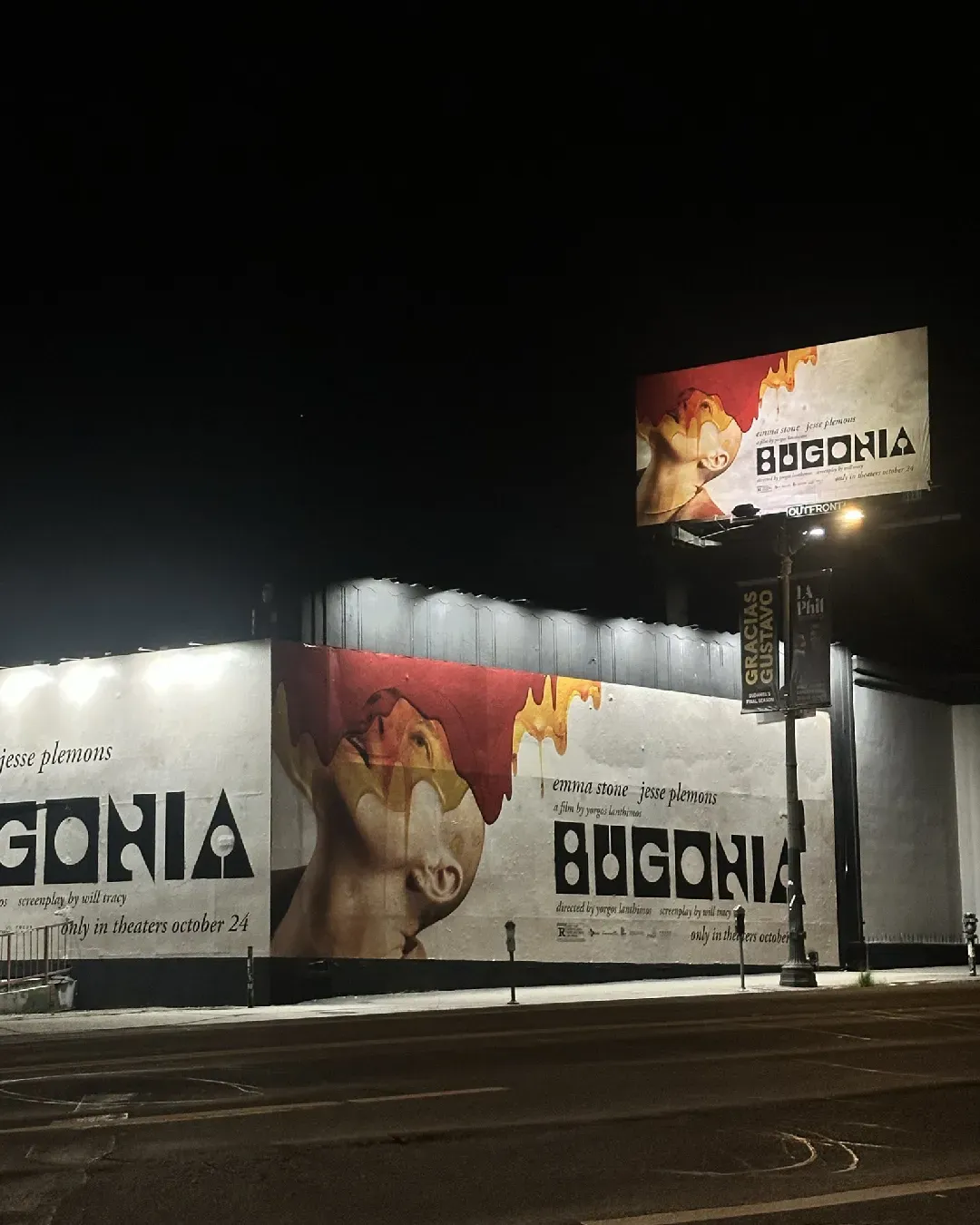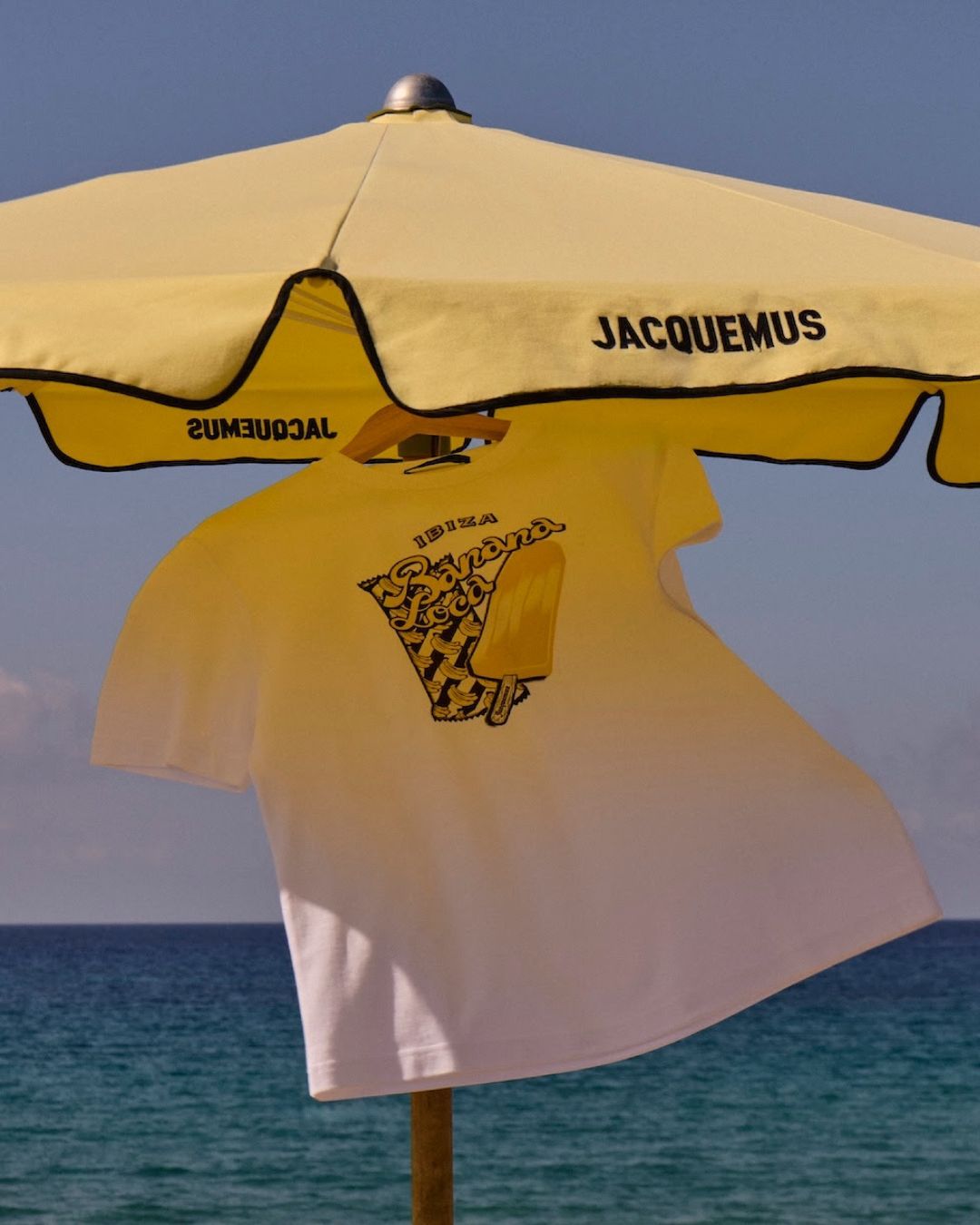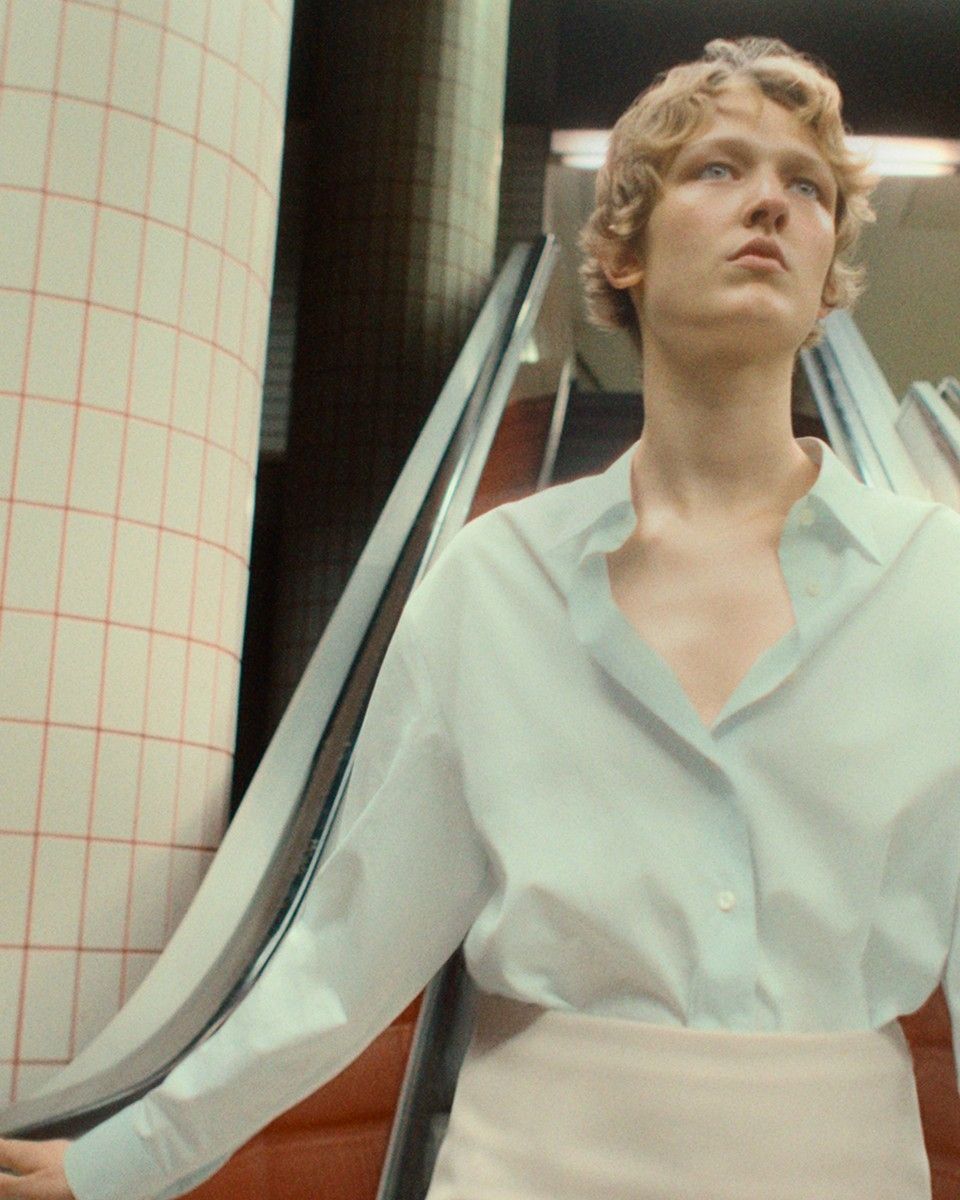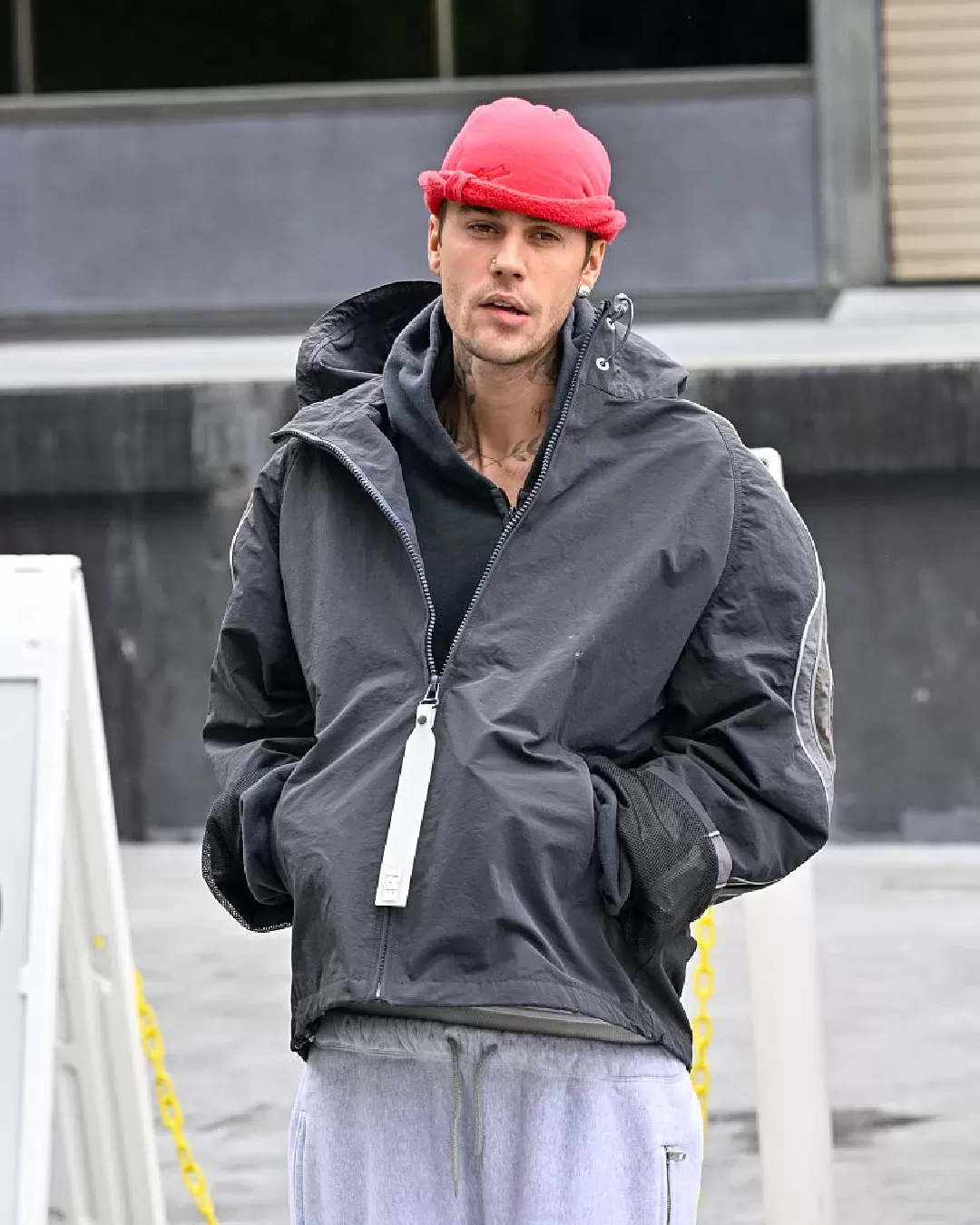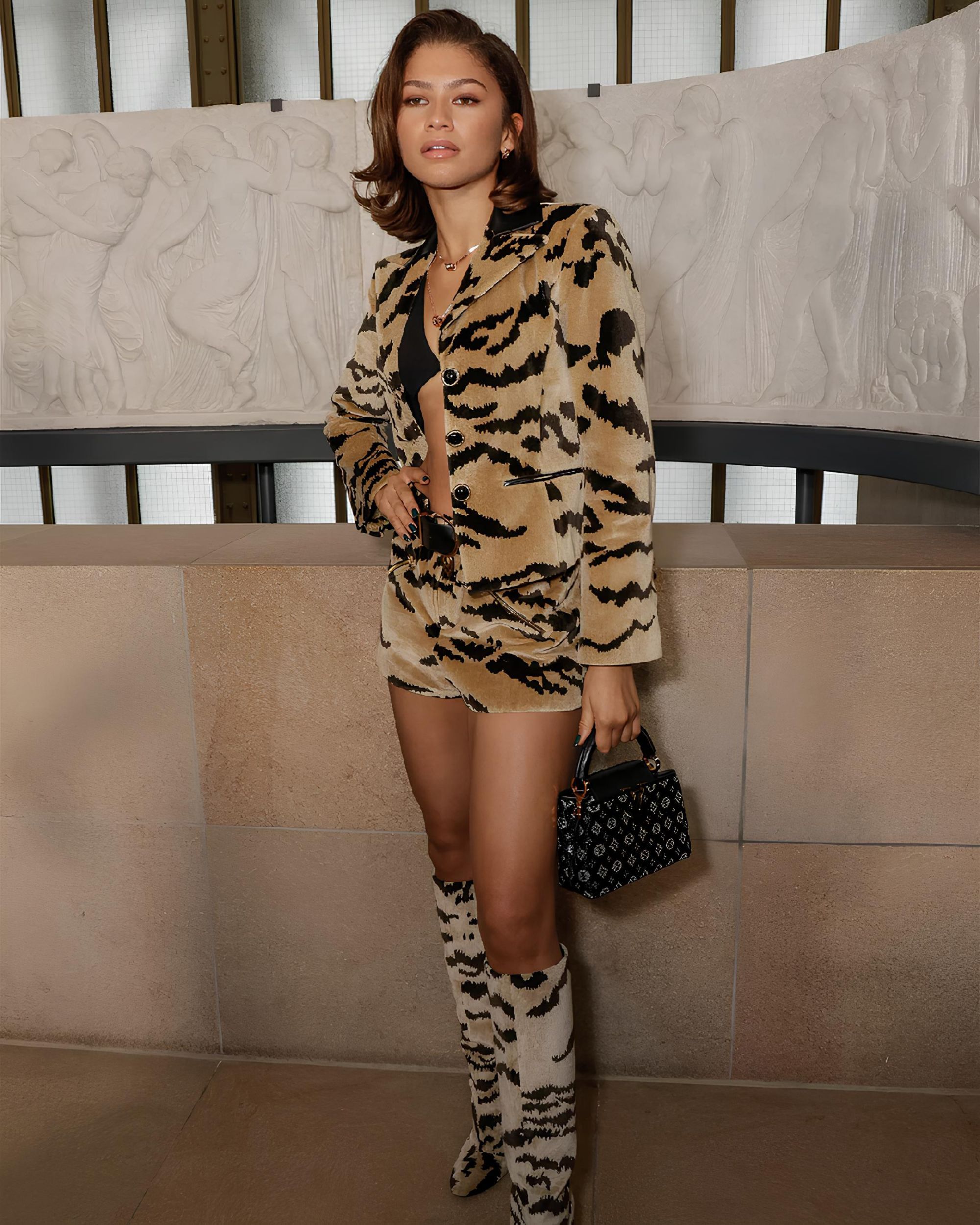
Are full looks a problem? How the hypervigilant marketing industry invented a new business practice
When thinking about a full look, the ensemble catapulted from the catwalk onto the red carpet or into magazines without the possibility of intervention by stylists, the first reflex is that of aesthetic coherence: presenting the garments as they were validated by fashion houses confirms their line of action and thought. In the creative ferment of the '80s and '90s, when the myth of the creative director was taking shape and substance, magazines held a communicative monopoly over brands, and styling consequently constituted an amplification of a magazine's creative vision. Traces of this styling methodology, for example, linger in the words of Ariela Goggi, former deputy director of Vogue Italia, in conversation with Federico Chiara:
"Don't imagine the glamour of Italian fashion today: when we started, in the late '70s, everything was in its embryonic phase, we invented a profession in total freedom. The designers and reference brands, for a young magazine like hers, were still very few and we met them at Pitti Casual, where everything revolved around jeans. When we had an idea for a shoot, we proposed it to them and they made the clothes specifically... Do you understand? Then we would try on the looks to photograph them ourselves, adding personal creations here and there."
With the internationalization of major luxury groups, the specialization of departments, and the crisis in fashion publishing, the reference scenario has decidedly changed - full looks have become a commercial necessity against which resistance is futile. For mainstream magazines and those belonging to large publishing groups, the full look is the only viable option due to a conflict of interests that would undermine the basic rules of investment by advertisers. Independent magazines, however, do not seem to deviate from this widespread styling practice. Even established stylists - including the entire spectrum of this profession, from those working with magazines to those styling celebrities and valuable collaborators of brand creative directors - endlessly edit full looks season after season.
The Limits and Opportunities of Full Looks
This issue was addressed a few years ago by BoF, outlining the potential and hidden weaknesses behind this editorial practice with no way out. "You're not a good stylist if you propose full looks, you're a costumer," declared an industry insider who chose anonymity. "This becomes particularly evident when a brand hires a new creative director and the intention is to overhaul the style. This really affects the styling work." Beyond the totally derogatory view towards full looks and their consequential adoption during transitional phases of creative directions, faithfully reproducing a brand's desired styling "conveys a stronger message." A message that, for those working in publishing, is more advantageous logistically as each complete look can be sent and delivered already packaged. However, this familiar photographic and styling methodology has generated a sense of frustration among some creatives.
"They sweep away freedom and kill inspiration because they exercise an excessively cumbersome form of control," confessed Alexandra Carl, fashion director of Rika magazine, to BoF. Working under intense creative pressure, according to others, is part of the job for advertisers: "When you work in fashion publishing, you handle a list of advertisers with care, and this sort of thing has been going on for a long time: I was a child at Bazaar when I received that list," said Melanie Ward to BoF. The message that should come across, the stylist explains, is this: "This shoe is why we're on this set. They pay us for the shoots, so our task is to take a beautiful photo with this shoe and create a story around a character wearing it." The problem with full looks, in highlighting their criticisms, may lie in the method: there are mainstream magazine covers that struggle to find agreement between full looks, models, and set design, and others that, instead, enhance all aspects, even surpassing the "limit" of commerciality. An example of this can be inferred from the editorial recently shot for the May Issue of V Magazine with Anne Hathaway as the protagonist. "His & hers" expresses and unveils a narrative duality thanks to full looks from Maison Margiela Couture, Dolce & Gabbana, and Valentino perfectly fitting into the narrative dimension of the cover story.
Fit Checks, Narcocapitalism, and Post-Fashion
@rubylyn_ Day to night styling with @Nike #teamnike #nikeirl 21 Savage Wave Beat - Pbl
"What do the invention of anesthetics in the mid-nineteenth century, the use of cocaine by the Nazis, and the development of Prozac have in common? The answer is that they are all products of the same logic, which defines our contemporary era as the era of anesthesia," highlights philosopher Laurent De Sutter in the book Narcocapitalism. Welcome to the era of anesthesia. Transposing the narrative and social imagery of this brief treatise on psycho-pharmacology to the sartorial side, can we say that we've become dependent on full looks? "Today we are in the post-fashion phase: beyond the era of the creative independence of Couture and ready-to-wear, we are witnessing a new subjugation of fashion to other sectors of society," observes Nello Barile, professor of Sociology of Fashion at IULM University in Milan on Harper’s Bazaar. "This also happened during the Ancien Régime, the pre-fashion era of Maria Antonietta, when fashion was controlled by court rules and etiquette politics." Control and caution, combined with woke culture slogans and conservative populist attitudes, have led to cognitive (rather than aesthetic) polarization in which even fashion must navigate. In this fluid magma that some have preferred to dismiss as Post, it would be worth including the fit checks beloved by Gen Z and the edits proposed by fashion brands - shopping guides hidden behind an editorial veneer of which full looks are just the first strategic assets. Even fit checks, so spontaneous in combining the low with the high, fast fashion items with luxury brands, most often serve as a commercial format agreed upon between brands and creators. Others, however, truly respond to the genuineness of offering a snippet of one's life interspersed with wardrobe mix and match. So, while for some creators, the full look indeed constitutes a form of worship towards designers characterized by a very specific aesthetic, for others, it's an opportunity for collaboration, visibility, and earnings. For others, an investment. For others, finally, an editorial procedure to be passed down. But have we become so dependent on it that we've forgotten what the emotion of dressing up means?"










































